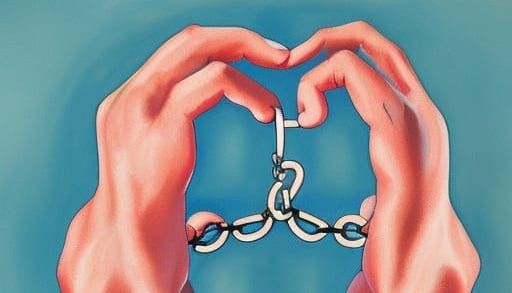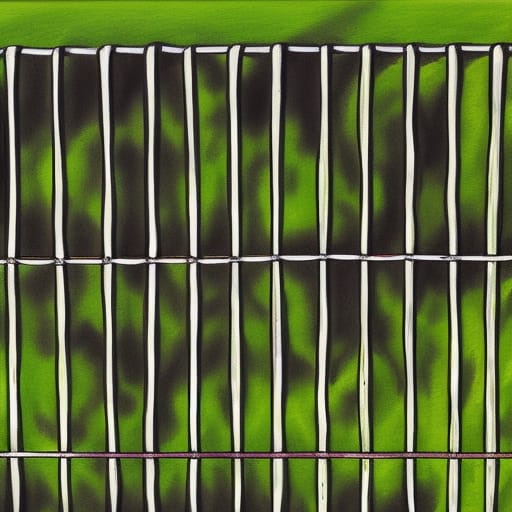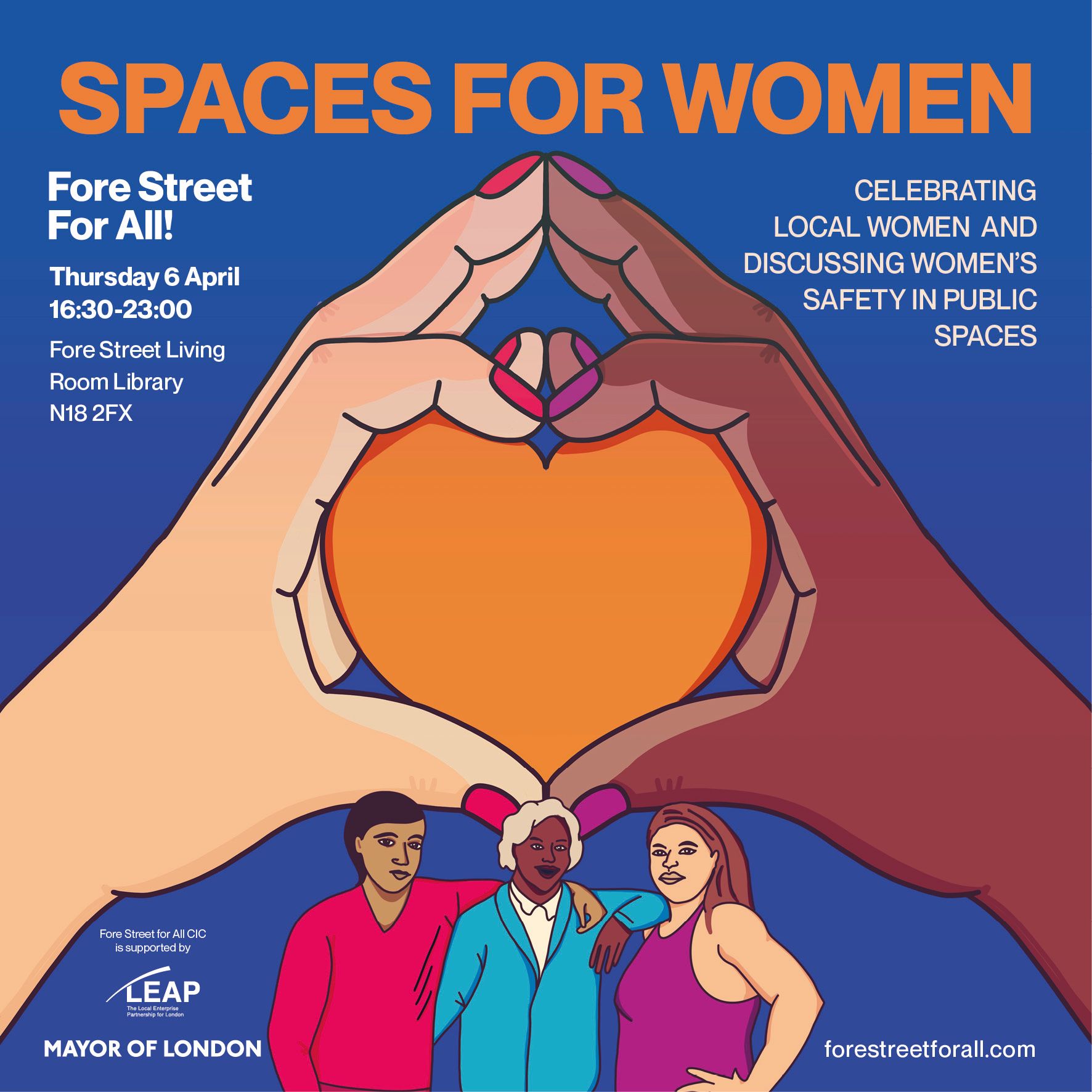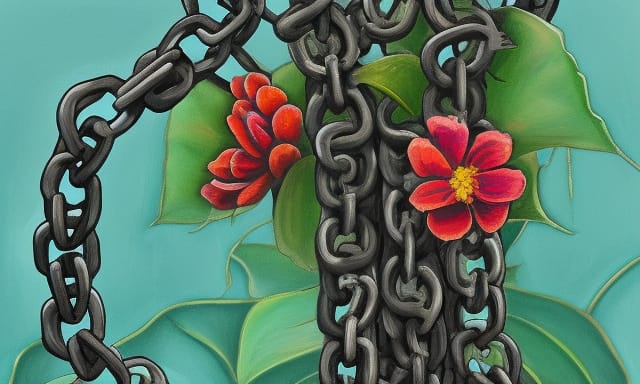Police don’t keep women safe
Community arts projects are a chance to think of ways to lift each other up that aren't getting more cops in

I was having coffee with Dana* (*not her real name) who attends a heritage consultation group with me, run by the council, where we and other Edmonton residents vote on cultural projects we think should get funding. She said that one day, on her way to one of the meetings which I missed, she was outside the venue, about to walk in, when she was randomly accosted and verbally harassed by someone on the street. She didn’t mention it during the meeting, but she felt awful. She said the worst thing about the incident was that on the buzzing street, most people didn’t stop to ask if she was okay. The one exception to this was a sex worker Dana knew because she had seen her on the same corner numerous times, and she was the only one who came to check on her. That really stayed with her, she told me. I thought that made a lot of sense because people who can't call the cops for help when they have a problem usually know they have to make their own kinds of support.
In their book ‘Brick By Brick’, prison abolitionists Cradle Community say that fighting violence in communities is not about resorting to state solutions like the police, but about taking on our responsibilities collectively, to intervene in situations where harm takes place. This can be in a public context like the woman who helped Dana, or it might be in a personal context with friends and coworkers suffering from gendered violence in an everyday way. This feeling of collective responsibility bloomed hugely in the proliferation of and support for mutual aid projects during the pandemic. Though we’ve returned to our lives and jobs, I’m curious to know where and how we could continue to take an interest in the wellbeing of those around us.

The most informal way I extend my care for my neighbours is through gossip. I spoke to one of my neighbours, Terry, on the phone last year when I was researching an Edmonton news story I was fascinated by – the murder of a local woman named Palmira Silva.
I got talking to Terry when I found her through a local Facebook group. She knew the victim personally and indirectly knew the murderer, Nick. It was sad to hear her talk of her sympathy for Nick, who was mentally ill. I was heartened by her response, which was a lot more caring in attitude in comparison to how a lot of papers had been reporting. I learned a lot about recent events, and her feelings on criminality in the area, and my hope from doing this was that she could get something out of talking with me on the phone too.
I’m very lucky next week to have been invited to read my re-telling of Terry, Nick and Palmira’s story. It’s at an event in Edmonton, Fore Street for All’s poetry and art night, ‘Spaces for Women’. I’m looking forward to this because it’s going to be a more discursive environment for people to share their feelings on a local issue. Please come along if you want to hear me read, it’s free and there’s food.
The topic has got me thinking about how the cause of protecting women is often a reason for increases to surveillance and police powers. With the recent news on gendered violence in the Met, and its institutional prejudices, shouldn't this be a chance to question what kind of safety police and prisons can offer? The event comes as timely.

There’s other more outright ‘activist’ ways I'm working on this in my community. I’ve been a member of Tottenham Copwatch since December. It’s a local group made in the template of National Copwatch, which was set up in 2021 after the murder of Sarah Everard by a police officer. I have felt anti-police sentiment since university days, which I would attribute to the work of Black Lives Matter in the US and Sisters Uncut in the UK. Tottenham Copwatch does one police intervention training a month (a free workshop equipping people with the instructions and lingo they need to resist police stops on themselves or their communities) and to promote these, I often go and do a stall where I talk to people I see, and invite them along, and get their views on policing.
This work is important to me because recently I’ve seen an increase in the force and number of stop and searches on boys in the immediate streets around me, who most of the time feel they have little power to do anything back. In my opinion, the police weaponise women’s fear to help them scapegoat certain demographics as being more violent than others.
And even with this in mind, it’s not as simple a story as police needing to scrutinise (always POC) men to protect women. The police only extend their illusion of protection to certain women: those who are not sex workers, or undocumented migrants, for example.

“When you recognise that to be read as a woman, or to be read in a way that’s anything other than a man, opens you up to so much violence that you have to dodge and skip around as you grow older, how can prison put an end to that?” says Lola Olufemi, “[Prison] Abolition makes us think about how we might be able to craft systems that stop that violence from happening in the first place.”
There’s a risk sometimes, in projects where creativity is used to economically develop an area, that residents try to weed out undesirables in attempt to lift up the community. The thinking of prison abolitionists have been a helpful framework for me to think about how far my neighbourliness goes. My conclusion is that I don’t want to see anyone thrown under the bus in my community work.
An effective feminism, for me, is one that resists the violence from the state that affects us all in different ways. It’s one that is empowered to act from its relative position at the bottom. Terry, in her progressive thinking, and the woman who helped Dana on the street, in her caring pragmatism, both represented this for me.